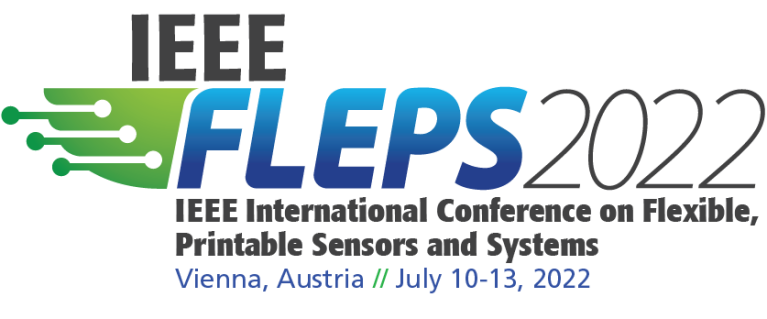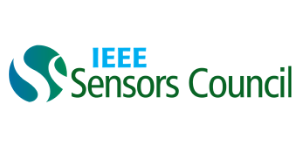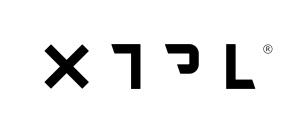
Presenter Bio
Dr Radu Sporea is Senior Lecturer (Associate Professor) in Power Electronics and Semiconductor Devices at the Advanced Technology Institute (ATI), University of Surrey and holds an EPSRC Early Career Fellowship (2021-2026).
Prior to this appointment he was Royal Academy of Engineering Academic Research Fellow (2011-2016), EPSRC PhD+ Fellow (2010-2011) and PhD researcher (2006 – 2010) in the same centre. Before joining Surrey, Radu has studied Computer Systems Engineering at “Politehnica” University, Bucharest, Romania, and has worked as a Design Engineer for Catalyst Semiconductor Romania, now part of ON Semiconductor, on ultra-low-power CMOS analog circuits. Radu’s was named an EPSRC Rising Star in 2014 and was the recipient of the I K Brunel Award for Engineering in 2015. He was presented the Vice Chancellor’s award for Early Career Teaching in 2017 and won the Tony Jeans Inspirational Teaching distinction in 2018. In 2021, he was a finalist of the Innovator of the Year prize at Surrey.
Current research in Radu’s team focuses on three main topics:
1. Advanced large-area semiconductor device design, including transistors with increased tolerance to fabrication variability, improved energy efficiency and high gain.
2. Large area sensors and sensor arrays for smart environments, focusing on multi-modal low-cost integration in commercial manufacturing platforms and mass-market products.
3. Paper-based electronics and physical-digital interaction




